Baking Soda Cleaning Hacks for Your Home Garden
I’ve always loved the feeling of getting my hands dirty in the garden, but let’s be honest, sometimes the aftermath isn’t so pretty. Muddy boots, stained tools, and stubbornly persistent grime on pots and planters can quickly dampen the joy of home gardening. That’s why I’m thrilled to share some amazing baking soda cleaning hacks that will transform your post-gardening cleanup routine. Forget harsh chemicals and expensive cleaners; this versatile pantry staple is your secret weapon for a sparkling clean garden space.
The use of baking soda (sodium bicarbonate) for cleaning dates back centuries, with evidence suggesting its use in various cultures for its gentle yet effective cleaning properties. While its modern popularity exploded in the 20th century, its natural cleaning power has always been appreciated. Now, I’m bringing this time-tested solution to your home garden, making it easier than ever to maintain a clean and organized outdoor oasis.
Why You Need These Baking Soda Cleaning Hacks
We all know how satisfying it is to tend to our gardens, but the cleanup can often feel like a chore. These baking soda cleaning hacks are designed to simplify that process, saving you time and effort. Whether you’re dealing with sticky sap, stubborn soil stains, or mildew on your pots, baking soda offers a safe, eco-friendly, and surprisingly effective solution. It’s gentle enough for delicate plants yet powerful enough to tackle even the toughest garden grime. Plus, it’s readily available and incredibly affordable, making it a must-have for every gardener’s toolkit.
So, grab your baking soda and let’s dive into these simple yet effective cleaning solutions that will leave your garden tools and equipment sparkling and ready for your next gardening adventure!
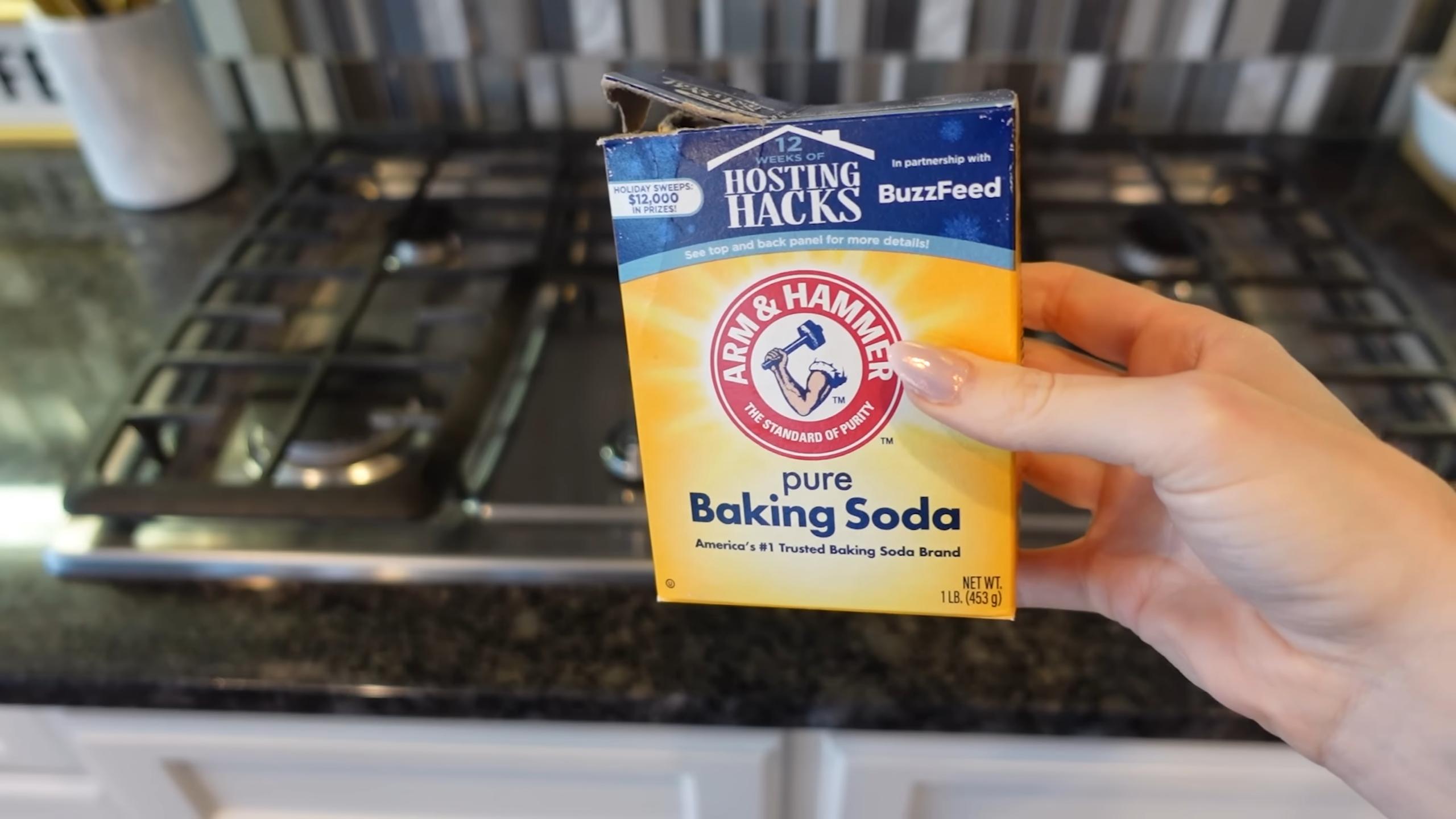
Unlocking the Power of Baking Soda: My Favorite Cleaning Hacks
Baking soda. It’s not just for baking cookies! This inexpensive pantry staple is a cleaning powerhouse, and I’m going to share my favorite hacks with you. Get ready to ditch the harsh chemicals and embrace the gentle, effective cleaning power of baking soda.
Getting Started: What You’ll Need
- Baking soda (obviously!)
- Spray bottle
- Various cloths or sponges (microfiber is great!)
- Rubber gloves (optional, but recommended for some tasks)
- A small bowl or container
- Vacuum cleaner (for some applications)
- White vinegar (for some applications – it’s a baking soda’s best friend!)
Section 1: Tackling Kitchen Greases and Grime
- Cleaning your oven: For a lightly soiled oven, sprinkle a generous layer of baking soda on the bottom and sides. Spray with water until damp but not soaking wet. Let it sit overnight (or longer for stubborn stains). In the morning, scrub with a damp sponge or cloth. For really baked-on grime, you might need to repeat this process or use a paste of baking soda and water. Finally, wipe clean with a damp cloth.
- Degreasing your stovetop: Make a paste of baking soda and water. Apply it to the greasy areas of your stovetop, let it sit for 15-20 minutes, then scrub with a damp sponge or cloth. For stubborn grease, you can let the paste sit longer or even overnight. Rinse thoroughly and wipe dry.
- Cleaning your microwave: Place a bowl of water and a few tablespoons of baking soda in your microwave. Microwave on high for 5 minutes. The steam will loosen up splatters and grease. Let it sit for a few minutes, then wipe clean with a damp cloth. The baking soda will help absorb odors too!
- Cleaning your sink: Sprinkle baking soda directly onto your sink, scrub with a damp sponge, and rinse. This is great for removing stains and keeping your sink sparkling.
- Removing burnt food from pots and pans: Fill the pot or pan with water and add a generous amount of baking soda. Bring to a boil, then let it simmer for 15-20 minutes. The baking soda will help loosen the burnt food. Once cooled, scrub with a sponge or brush.
Section 2: Bathroom Bliss: Sparkling Clean Surfaces
- Cleaning your shower and bathtub: Make a paste of baking soda and water. Apply it to the shower walls and tub, let it sit for 15-20 minutes, then scrub with a damp sponge or brush. For stubborn mildew, let the paste sit longer or even overnight. Rinse thoroughly.
- Cleaning your toilet: Sprinkle baking soda into the toilet bowl. Let it sit for 30 minutes to an hour, then scrub with a toilet brush. Flush and enjoy a sparkling clean toilet. For extra cleaning power, add a cup of white vinegar after the baking soda and let it fizz before scrubbing.
- Cleaning your sink and countertops: Sprinkle baking soda on your bathroom sink and countertops, scrub with a damp sponge, and rinse. This is great for removing stains and keeping your surfaces clean.
- Removing hard water stains: Make a paste of baking soda and water. Apply it to the hard water stains, let it sit for 15-20 minutes, then scrub with a damp sponge or cloth. Rinse thoroughly.
Section 3: Beyond the Kitchen and Bathroom: More Baking Soda Hacks
- Cleaning your refrigerator: Wipe down the interior of your refrigerator with a damp cloth. Then, sprinkle baking soda on a damp cloth and wipe down the shelves and drawers. This will help absorb odors and keep your refrigerator fresh.
- Cleaning your coffee maker: Run a cycle of water and baking soda through your coffee maker to remove coffee residue and clean the internal parts. Follow up with a rinse cycle of plain water.
- Deodorizing carpets and upholstery: Sprinkle baking soda on your carpets and upholstery, let it sit for 30 minutes to an hour, then vacuum thoroughly. This will help absorb odors and freshen up your carpets and upholstery.
- Cleaning your washing machine: Run a cycle with a cup of baking soda to clean and deodorize your washing machine. This helps remove detergent buildup and keeps your machine fresh.
- Cleaning your dishwasher: Sprinkle a cup of baking soda in the bottom of your empty dishwasher and run a cycle. This will help clean and deodorize your dishwasher.
- Cleaning silver: Line a bowl with aluminum foil, add hot water, baking soda, and salt. Submerge your silver items and let them sit for a few minutes. The tarnish will transfer to the foil. Rinse and dry thoroughly.
- Cleaning your cutting board: Sprinkle baking soda on your cutting board, scrub with a damp sponge, and rinse. This will help remove stains and sanitize your cutting board.
Section 4: Important Tips and Considerations
- Always test a small, inconspicuous area first before applying baking soda to a large surface, especially if you’re unsure about its effect on the material.
- Avoid using baking soda on delicate surfaces like polished wood or marble. It can be abrasive.
- For stubborn stains, you may need to repeat the process or use a stronger cleaning solution in conjunction with baking soda.
- Always rinse thoroughly after using baking soda to avoid leaving any residue.
- Baking soda is a natural cleaner, but it’s not a disinfectant. For germ-killing power, you might need to use a disinfectant after cleaning with baking soda.
- Store baking soda in a cool, dry place to maintain its effectiveness.
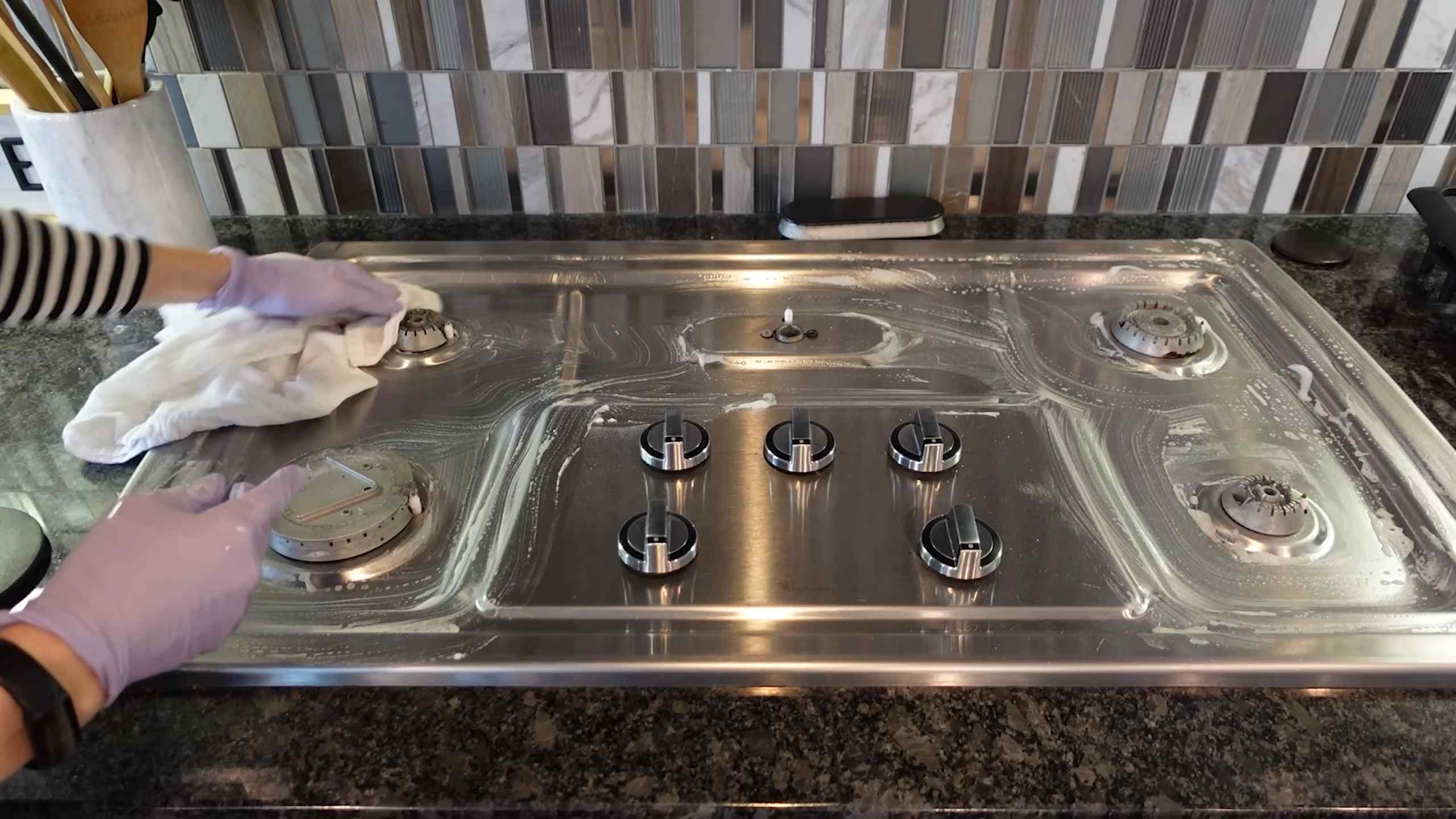
Conclusion
So there you have it! A comprehensive guide to unlocking the amazing cleaning power of baking soda. This versatile, inexpensive household staple truly deserves a place in your cleaning arsenal. From tackling stubborn grease in your oven to brightening your whites and deodorizing your fridge, the baking soda cleaning hacks outlined above demonstrate its incredible effectiveness. It’s a natural, eco-friendly alternative to harsh chemical cleaners, making it a safer choice for your family and the environment. Beyond its cleaning prowess, baking soda is also incredibly affordable, readily available, and easy to use – making it a truly indispensable addition to your cleaning routine. This DIY trick is a must-try because it offers a powerful, safe, and economical solution to a wide range of cleaning challenges. You’ll be amazed at the results!
Beyond the specific hacks detailed, the possibilities are truly endless. Experiment with different combinations – for example, try adding a few drops of essential oil to your baking soda paste for a pleasant scent while cleaning. You can also adjust the consistency of your paste depending on the surface you’re cleaning; a thicker paste works well for scrubbing, while a thinner paste is ideal for wiping. For particularly stubborn stains, consider letting the baking soda paste sit for a longer period before scrubbing. Don’t be afraid to get creative and tailor your baking soda cleaning solutions to your specific needs. For instance, you can create a powerful scouring powder by combining baking soda with salt, or use it as a gentle abrasive to clean delicate surfaces like silverware. The key is to understand the basic principles and then let your imagination run wild!
We strongly encourage you to try these baking soda cleaning hacks and discover the transformative power of this simple ingredient. Share your experiences with us! Tell us about your favorite baking soda cleaning tricks, the challenges you tackled, and the amazing results you achieved. Your feedback will inspire others and help us build a community of savvy, eco-conscious cleaners. Let’s spread the word about the incredible versatility and effectiveness of baking soda as a cleaning agent. Join the conversation and let’s make cleaning easier, cheaper, and more environmentally friendly, one baking soda hack at a time! Don’t forget to share your before-and-after photos on social media using #BakingSodaCleaningHacks!
Frequently Asked Questions
What are the safety precautions when using baking soda for cleaning?
Baking soda is generally safe to use, but there are a few precautions to keep in mind. Avoid inhaling large amounts of baking soda dust, especially in enclosed spaces. Always ensure adequate ventilation. For sensitive skin, wear gloves to prevent irritation. While baking soda is non-toxic, it’s not meant for consumption. Keep it out of reach of children and pets. Always test a small, inconspicuous area first before applying baking soda to a larger surface, especially on delicate materials, to ensure it doesn’t cause damage or discoloration.
Can baking soda scratch surfaces?
Baking soda is a mild abrasive, so it’s generally safe for most surfaces. However, it’s crucial to use it cautiously on delicate or polished surfaces like granite countertops or scratched glass. The abrasive nature of baking soda, while effective for cleaning, can potentially scratch these surfaces if used aggressively. For these delicate surfaces, a gentler approach is recommended, using a soft cloth and a less abrasive cleaning method. Always test a small, inconspicuous area first to check for any damage before applying it to the entire surface.
How long should I let baking soda paste sit before scrubbing?
The amount of time you let a baking soda paste sit depends on the severity of the stain or grime. For light cleaning, a few minutes might suffice. For stubborn stains, allowing the paste to sit for 15-30 minutes, or even longer, can significantly improve results. The baking soda will work its magic by absorbing grease and grime, making the scrubbing process much easier. However, avoid letting the paste dry completely, as this can make it harder to remove.
Can I use baking soda on all types of fabrics?
Baking soda is generally safe for most fabrics, but it’s essential to test a small, hidden area first. It’s particularly effective at deodorizing fabrics and removing stains from white clothes. However, it’s not recommended for delicate fabrics like silk or wool, as it might damage the fibers. Always check the care label of your garment before using baking soda. For colored fabrics, it’s best to test a small area to ensure it doesn’t cause discoloration.
What are some alternatives to baking soda for cleaning?
While baking soda is a fantastic cleaning agent, there are other natural alternatives you can explore. White vinegar is a powerful natural cleaner and deodorizer, effective for cleaning various surfaces. Lemon juice is another excellent natural cleaner, particularly effective for removing stains and brightening surfaces. However, baking soda remains a highly versatile and effective option for a wide range of cleaning tasks, making it a top choice for many DIY cleaning enthusiasts.
Is baking soda better than commercial cleaners?
Whether baking soda is “better” than commercial cleaners depends on the specific cleaning task and your priorities. Baking soda is a natural, eco-friendly, and inexpensive alternative to many harsh chemical cleaners. It’s effective for a wide range of cleaning tasks, but it might not be as powerful as some commercial cleaners for extremely stubborn stains or grease. The choice ultimately depends on your individual needs and preferences. For many, the safety, affordability, and environmental friendliness of baking soda make it the preferred choice.

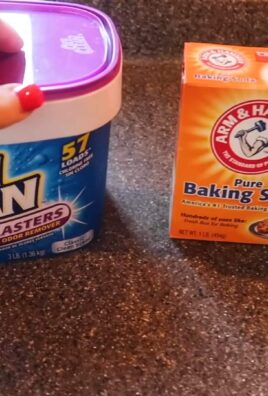
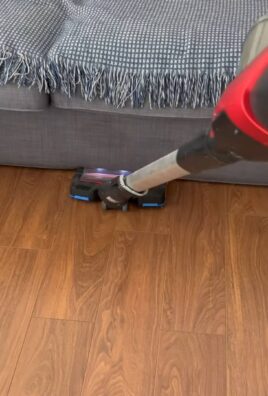
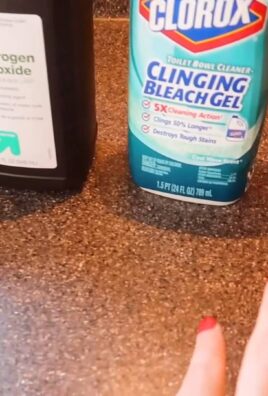
Leave a Comment